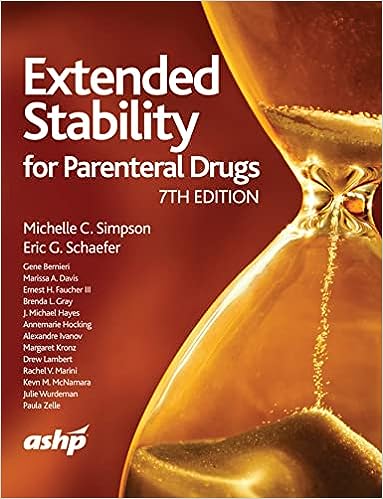Photostability Chamber operation Procedure
Purpose
The purpose of this Standard Operating Procedure (SOP) is to establish the procedures for the proper operation of photostability chambers used in stability studies. This ensures that the chambers are used correctly to provide accurate and reliable photostability data.
Scope
This SOP applies to all personnel operating photostability chambers for stability studies within the facility.
Responsibilities
- Stability Manager: Oversee the operation of photostability chambers and ensure compliance with this SOP.
- Laboratory Technicians: Operate the photostability chambers, document usage, and report any deviations or malfunctions.
- Quality Assurance (QA) Team: Review and approve photostability operation logs and reports.
Procedure
- Preparation:
- Ensure the photostability chamber is properly installed and
calibrated according to the manufacturer’s instructions and facility guidelines.
Verify that all necessary equipment, such as light sources, sensors, and sample holders, are in good working condition.
Check and document the calibration status of the light intensity sensors and control systems.
Chamber Setup:
Sample Placement:
Starting the Exposure:
Monitoring and Recording:
Completion of Exposure:
Maintenance:
Record Keeping:
- Set the photostability chamber to the required light exposure conditions as per the study protocol (e.g., cool white fluorescent and near-UV light).
- Adjust the light intensity settings to achieve approximately 1.2 million lux hours for cool white fluorescent light and 200 watt hours/square meter for near-UV light, as per ICH Q1B guidelines.
- Ensure that the chamber’s temperature and humidity control systems are set and functioning correctly.
- Place the test samples and control samples in the photostability chamber according to the protocol.
- Ensure that the samples are positioned to receive uniform light exposure.
- Use appropriate holders and trays to avoid any shadowing or uneven exposure.
- Start the photostability chamber and initiate the light exposure period.
- Monitor the chamber’s operation to ensure that light intensity, temperature, and humidity remain within specified limits.
- Document the start time and the expected duration of the exposure period in the operation log.
- Regularly check the light intensity and environmental conditions inside the chamber using calibrated sensors.
- Record the light intensity and environmental conditions at specified intervals as per the study protocol.
- Document any deviations or anomalies observed during the exposure period and take corrective actions if necessary.
- At the end of the exposure period, stop the photostability chamber and remove the samples.
- Document the end time and any observations related to the sample condition.
- Proceed with post-exposure analysis as per the study protocol.
- Perform regular maintenance of the photostability chamber according to the manufacturer’s recommendations.
- Calibrate light intensity sensors and control systems periodically to ensure accuracy.
- Keep maintenance and calibration records up-to-date and accessible for review.
- Maintain an operation log for each use of the photostability chamber, including start and end times, light intensity settings, and environmental conditions.
- Ensure records are complete, accurate, and signed by the personnel operating the chamber.
- Archive records according to the facility’s document retention policy and regulatory requirements.
Abbreviations Used
- QA: Quality Assurance
- SOP: Standard Operating Procedure
- UV: Ultraviolet
Documents
- Photostability Testing Protocol
- Calibration Records
- Operation Logs
- Maintenance Records
- Study Reports
References
- ICH Q1B: Photostability Testing of New Drug Substances and Products
- FDA Guidance for Industry: Stability Testing of Drug Substances and Drug Products
SOP Version
Version 1.0 – Effective Date: [Insert Date]

